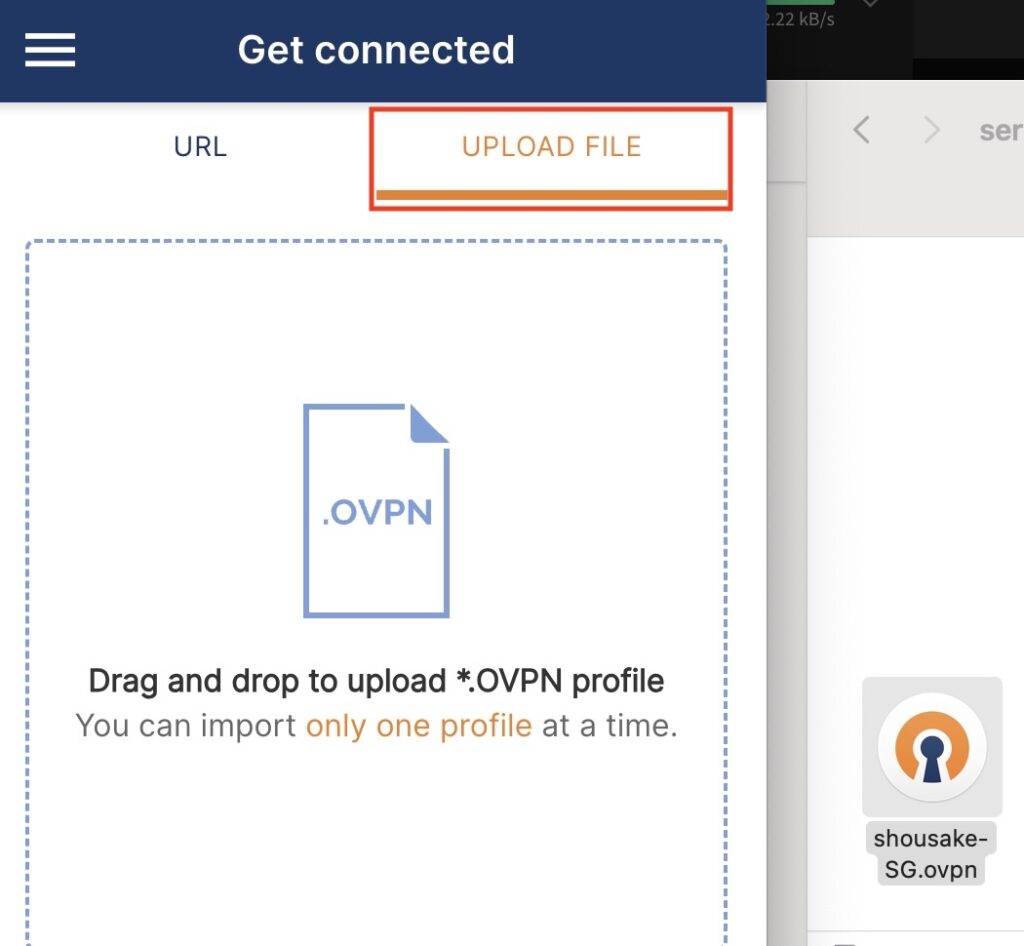In the last video, I mentioned OpenVPN, the tool that allows us to bypass geographical restrictions for mining. It is fast and stable, and is a very good choice. It plays a major role in breaking through geographical restrictions on mining and trading, using Google services, and watching my YouTube videos. Maybe you are also worried about the choice of VPN and worrying about your privacy being leaked. The OpenVPN you built yourself can solve this problem well. So let’s take a look today at how to build this stable and efficient service. So, what VPN have you used before? You can discuss it below the blog.

Why OpenVPN?
Do you still remember the cloudflare node I taught you to build before? Yes, the OpenVPN mentioned today has great advantages, but why is it mentioned today? The answer is that the deployment of OpenVPN is relatively complicated and requires a cloud server of its own. It is recommended to choose cloud servers from Amazon, Microsoft, and Oracle. It is difficult to register successfully with Oracle. The other two have free trials. I will say that Amazon has a 1-year free trial. The advantages are also obvious. It is available on all platforms (v2ray is slightly worse on the iOS platform) and has fast speed. However, the most important thing is that it has high stability, does not require frequent updates, and the program runs stably. For your convenience, I found an OpenVPN quick installation script for you, and now it has been sent to my server for everyone to download.
Installation on Linux server
1.Download the script
wget https://download.shousake.top/openvpn-install.sh2. Run
chmod +x openvpn-install.sh
sudo ./openvpn-install.sh3.Input Configuration
----------------------------------------------------------------------------------------------------
I need to know the IPv4 address of the network interface you want OpenVPN listening to.
Unless your server is behind NAT, it should be your public IPv4 address.
IP address: xxx.xxx.xxx.xxx (your public IP address)
----------------------------------------------------------------------------------------------------
or
----------------------------------------------------------------------------------------------------
IP address: xxx.xxx.xxx.xxx (your NAT IP address)
It seems this server is behind NAT. What is its public IPv4 address or hostname?
We need it for the clients to connect to the server.
Public IPv4 address or hostname: xxxxx.xxx (your public IPv4 or domain)
----------------------------------------------------------------------------------------------------
Do you want to enable IPv6 support (NAT)? [y/n]: n
----------------------------------------------------------------------------------------------------
What port do you want OpenVPN to listen to?
1) Default: 1194
2) Custom
3) Random [49152-65535]
Port choice [1-3]: 1
----------------------------------------------------------------------------------------------------
What protocol do you want OpenVPN to use?
UDP is faster. Unless it is not available, you shouldn't use TCP.
1) UDP
2) TCP
Protocol [1-2]: 1
----------------------------------------------------------------------------------------------------
What DNS resolvers do you want to use with the VPN?
1) Current system resolvers (from /etc/resolv.conf)
2) Self-hosted DNS Resolver (Unbound)
3) Cloudflare (Anycast: worldwide)
4) Quad9 (Anycast: worldwide)
5) Quad9 uncensored (Anycast: worldwide)
6) FDN (France)
7) DNS.WATCH (Germany)
8) OpenDNS (Anycast: worldwide)
9) Google (Anycast: worldwide)
10) Yandex Basic (Russia)
11) AdGuard DNS (Anycast: worldwide)
12) NextDNS (Anycast: worldwide)
13) Custom
DNS [1-12]: 9
----------------------------------------------------------------------------------------------------
Do you want to use compression? It is not recommended since the VORACLE attack makes use of it.
Enable compression? [y/n]: n
----------------------------------------------------------------------------------------------------
Customize encryption settings? [y/n]: n
----------------------------------------------------------------------------------------------------
Client name: xxxxxxx (your name)
----------------------------------------------------------------------------------------------------
1) Add a passwordless client
2) Use a password for the client
Select an option [1-2]: 1
----------------------------------------------------------------------------------------------------4. Download xxxxx.ovpn (xxxxx is your name)
Run on your device
On my website, I provide OpenVPN for Windows and macOS. Since you may not be able to access its official website, you can visit my download site. Once you have it, you can go to the official website to download the Android version, and iOS directly in the AppStore, depending on the supported region.

Load the .ovpn file and you can surf the Internet. If it works, don’t forget to subscribe to my YouTube: @shousake